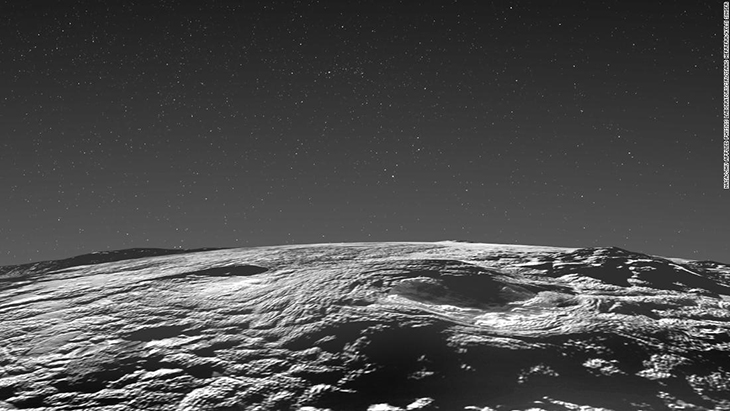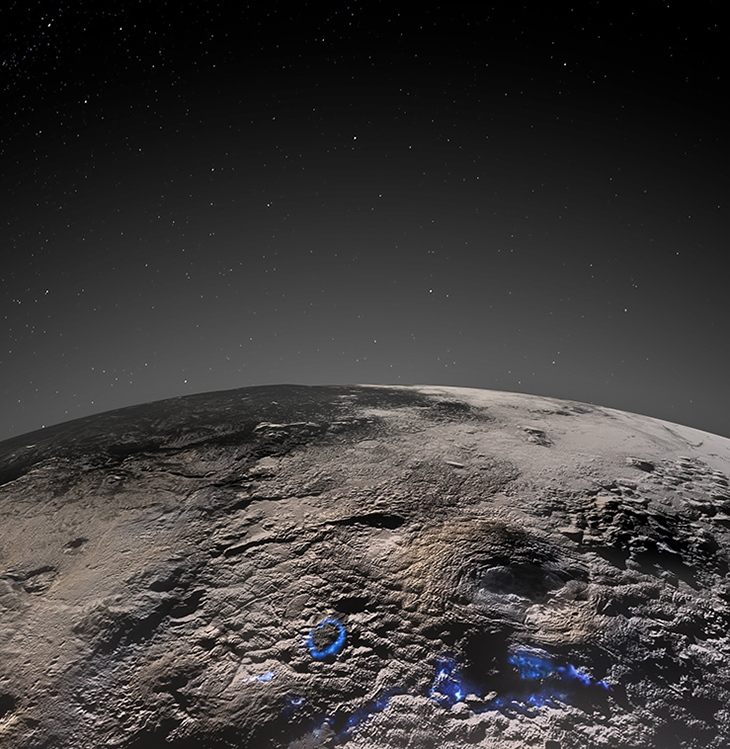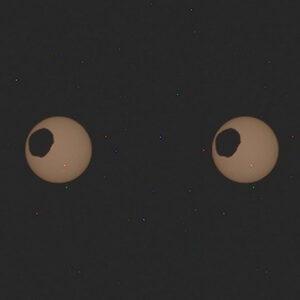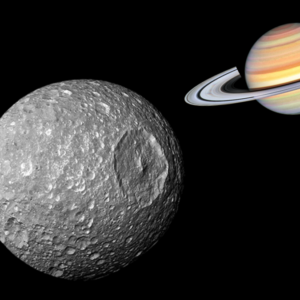
Scientists have studied Pluto for years. This mystery dwarf planet has been part of our solar system and while it’s the furthest from the earth, interest on it has never wavered. It’s mysterious and fascinating, and this could have hinted at life away from Earth.
So, is there life in space? Scientists are open to the possibilities of discovering proof. As they explore planets and heavenly bodies, they have come across pieces of evidence that hint at signs of life in existence outside.
In fact, a spacecraft called New Horizons had recently traveled as far as Pluto, capturing images along the way. These pictures were immediately sent back to Earth. A team had been able to gain access to it and had been able to confirm that a large part of the dwarf planet’s surface was shaped by ice volcanoes. What’s even more interesting is the fact that some eruptions had happened fairly recently on the cosmos calendar.
The findings have been able to give a more detailed evidence that volcanoes did exist on Pluto. The images suggest that with the amount of ice contained in the dwarf planet, the heat emanated from the planet’s core would be able to maintain a subsurface ocean. After all, this is also known to happen on other planets.
The idea of an ocean life brings images much akin to mythology or fantasy stories where a frozen world riddled with volcanoes would sprout out liquid nitrogen and ice. Travel beneath the surface and you’ll find a vast ocean that lies in total darkness, existing zin the very heart of the place.
While ice volcanoes have been known to exist in other worlds such as Enceladus, which is the ice-moon of Jupiter. However, it’s a different case with Pluto because 180 miles beneath the surface, you’ll see that is ice formed from water, underneath it could very well be a liquid water ocean. Models have been made to see the actual pictures, and one model shows that this is very much possible. As for the surface, nitrogen ice covers the landscape at a temperature that is much closer to melting point despite how unforgivingly cold the weather is.
For this scenario, scientists are looking into pictures from the New Horizon posit. There may be an area of “hummocky” texture and large rises and mounds that is found southwest of the famous Sputnik Planitia nitrogen ice sheet that had been formed by the volcanoes there.

At the very center of the land are two volcanoes called Wright Mons. These have an elevation of 13,123 to 16,404 feet. Then there is the Piccard Mons which is more gigantic than any land volcano on this planet. It rises to around feet 22,965 feet. The two Mons span an area of more than a whopping 200 miles in width.
What do cryo-volcanoes look like? In reference, they look similar to the hot ones we have here. This is where heat and pressure force subsurface material, in this case H20 ice, up all the way to the surface. This phenomenon is able to change the shape of its terrain. For Pluto, this is made up of just water ice. That’s because the freezing points of nitrogen, methane, or ammonia, and other chemicals found on Wright and Piccard Mons are much lower than conventional water. This only happen on the planet’s surface. As for underground, the ice would immediately melt.
When you think about those low temperatures, you may start to wonder how a Wright Mons eruption would look like. “A viscous flow of either slushy or solid-state but still mobile material,” wrote the authors in the paper they published.
They also looked at the unique topography of the area and saw that it is free of any large impact craters. This could mean that a much more recent geological period was behind the creation of these mountains. In fact, it may have happened just 100 to 200 million years before.
With everything they discovered, it could mean that subsurface liquid water, or what is known as an ocean, could still exist in the area to this very day. And it’s been already suggested by experts that any planet that contains liquid water could also be a potential host to life. This is what the liquid water ocean found in our world was – it was where life first started for us.
What are your thoughts? Please comment below and share this news!
True Activist / Report a typo


